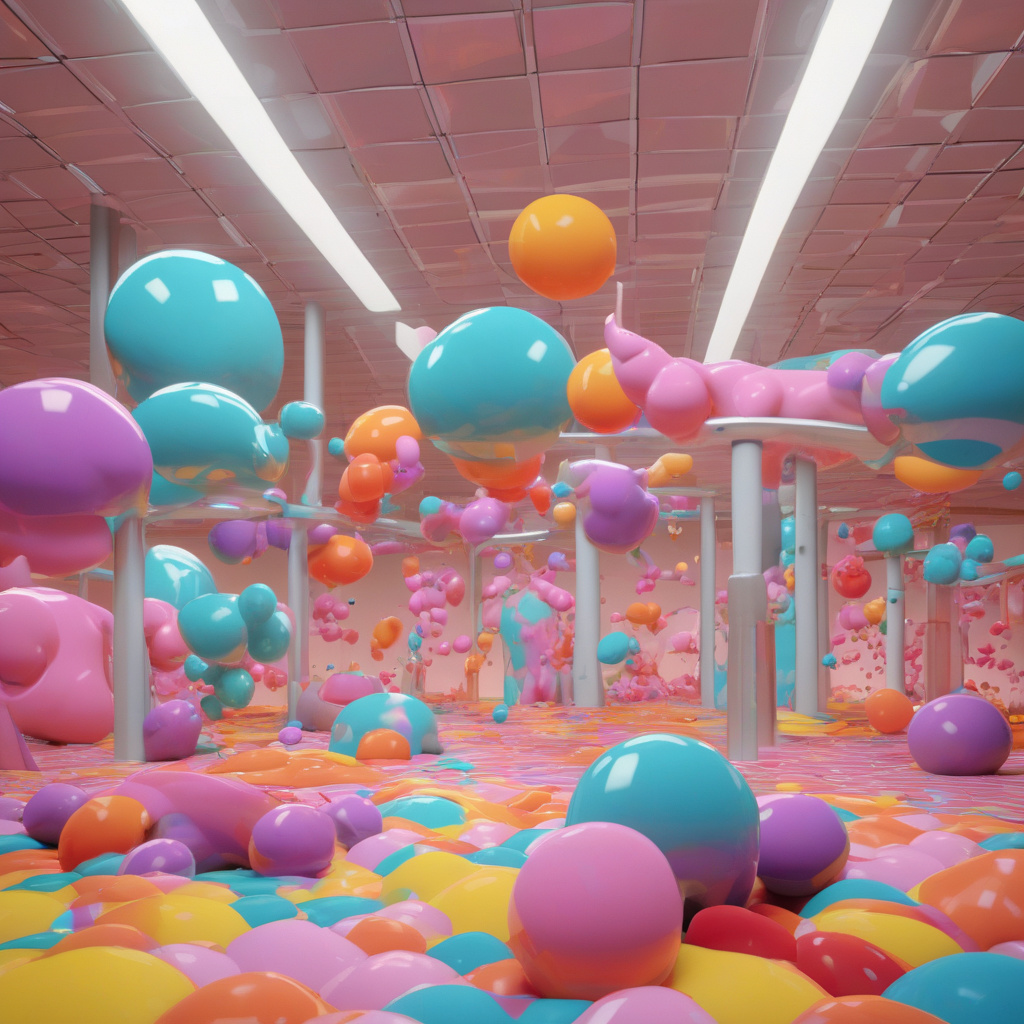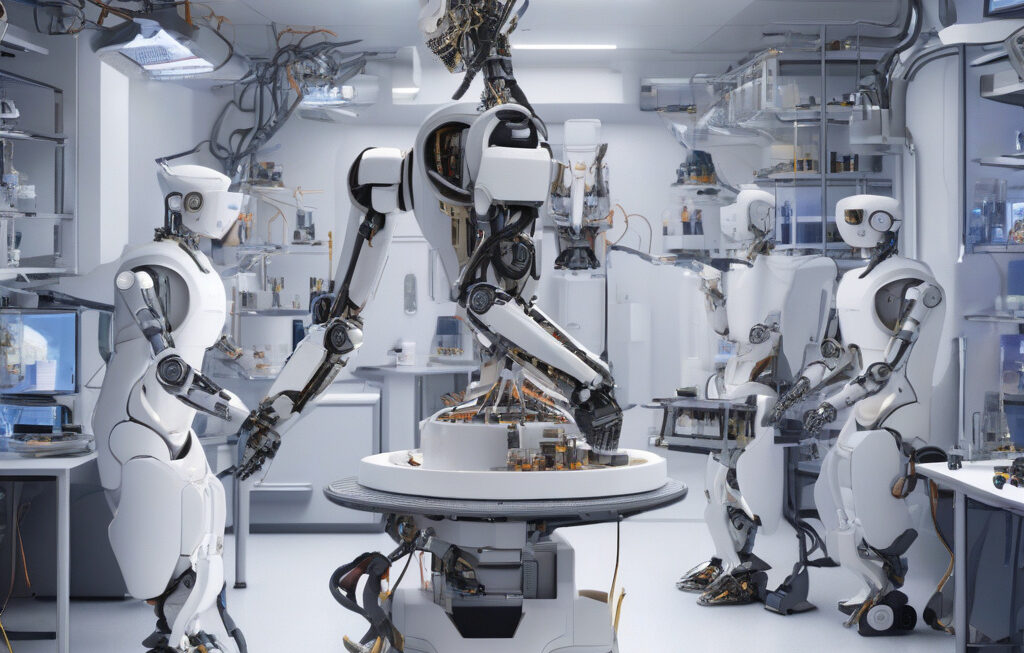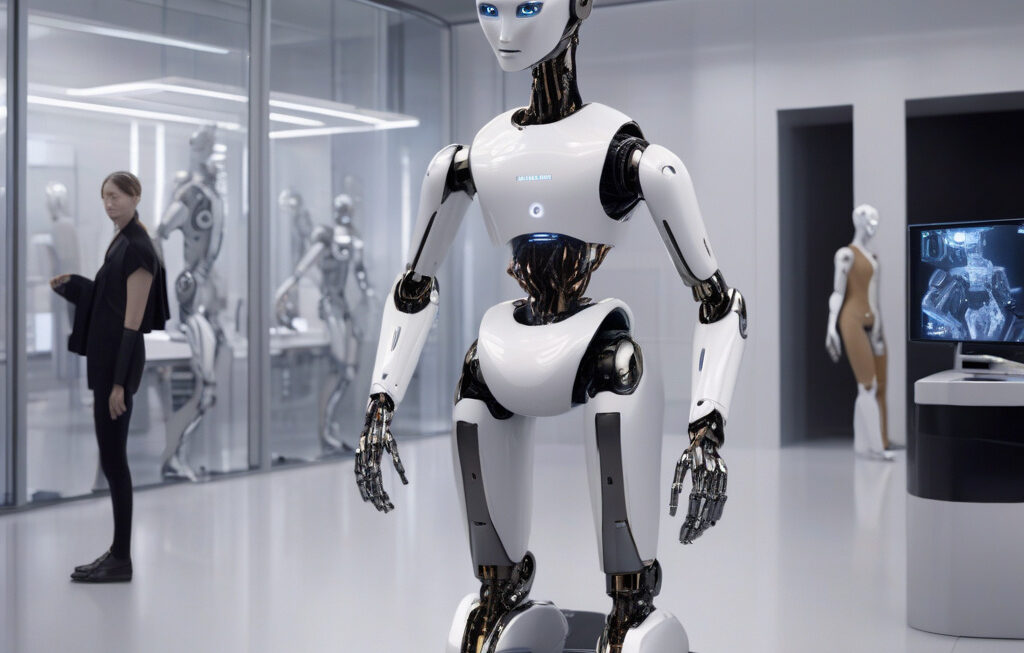MIT’s New Simulation Brings Physically Accurate Bouncy, Squishy Characters to Life
MIT researchers have developed an advanced simulation method that could help animators bring more realistic and physically accurate characters to life. This groundbreaking technology opens up a world of possibilities for the entertainment industry, video game developers, and virtual reality experiences.
The new simulation, developed by the Computer Science and Artificial Intelligence Laboratory (CSAIL) at MIT, focuses on creating characters with dynamic movements that accurately mimic the physics of real-life objects. By incorporating principles of elasticity, friction, and deformation, this technology allows for the creation of characters that bounce, stretch, and squish in a lifelike manner.
One of the key innovations of this simulation is its ability to capture the complex interactions between different parts of a character’s body. For example, when a character jumps, the force from the impact is distributed throughout its body, causing a ripple effect that influences the way the character moves and deforms. This level of detail and realism adds a new layer of immersion to animated characters, making them more relatable and engaging to audiences.
The implications of this technology extend far beyond entertainment. Medical researchers can use this simulation to model the behavior of soft tissues in the human body, leading to advancements in surgical simulations and prosthetic design. Robotics engineers can also benefit from this technology by creating robots with more flexible and adaptable bodies, allowing them to navigate complex environments with ease.
In the world of video games, this simulation opens up new possibilities for character design and gameplay mechanics. Imagine playing a platformer where the main character’s movements are not only visually stunning but also react realistically to the environment. This level of detail can enhance the player experience and create a more immersive gaming world.
Furthermore, virtual reality developers can leverage this technology to create more lifelike avatars and environments. By incorporating physically accurate characters into VR experiences, users can interact with virtual worlds in ways that were previously unimaginable. This has the potential to revolutionize the way we engage with virtual reality and blur the lines between the digital and physical worlds.
Overall, MIT’s new simulation technology represents a significant step forward in the world of computer graphics and simulation. By bringing physically accurate and dynamic characters to life, this innovation has the power to transform industries ranging from entertainment to healthcare to gaming. As researchers continue to refine and expand upon this technology, we can expect to see even more exciting applications emerge in the near future.
#MIT, #simulation, #physicallyaccurate, #animation, #technologyrevolution, #realisticcharacters












